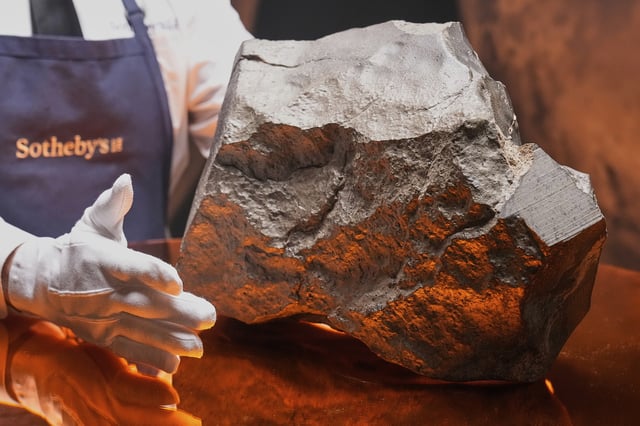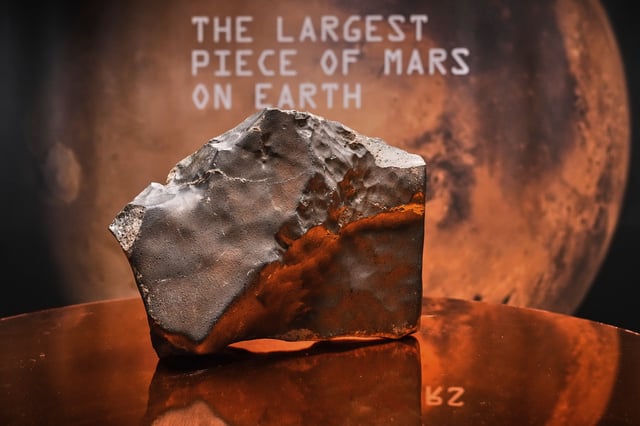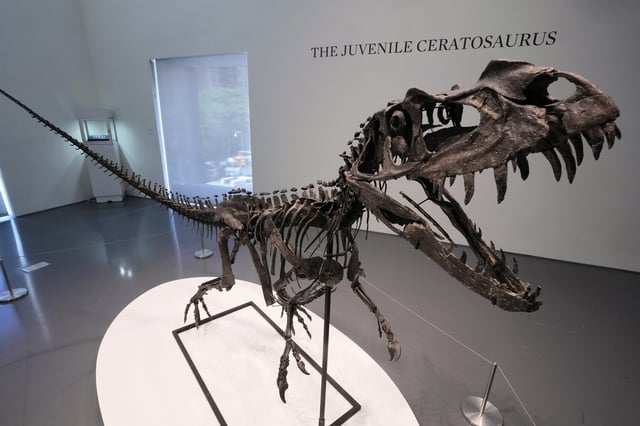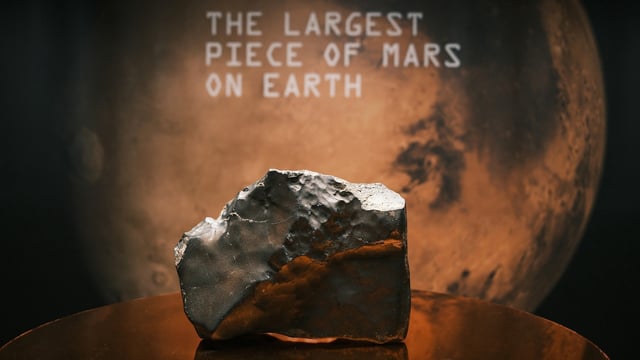Overview
- NWA 16788 represents nearly 7 percent of Earth’s known Martian material, making it the largest fragment from Mars ever recovered
- Scientists confirmed its Martian origin by matching the meteorite’s chemistry to atmospheric data collected by NASA’s Viking probe in 1976
- Geological analysis identifies it as an olivine-microgabbroic shergottite containing pyroxene, olivine and maskelynite, featuring a fusion crust formed during fiery atmospheric entry
- Viewings in New York precede a Sotheby’s Geek Week auction on July 16 with a $2–4 million estimate, supporting bids in U.S. dollars, cryptocurrencies
- Researchers warn that private ownership of rare specimens could restrict scientific study, risking limited public access to Martian materials



